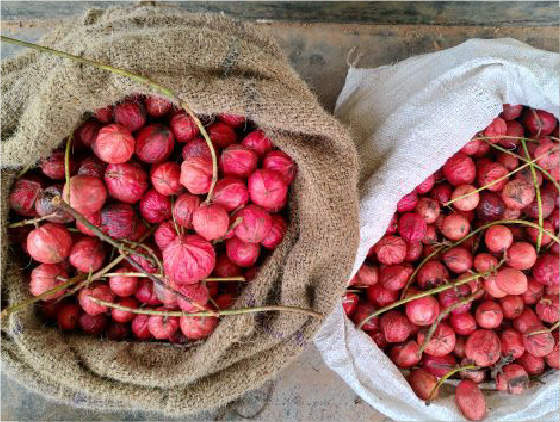

To save some for the next season
Knowing when to collect what from the forest, and where to find it: that's an explorer's skill, that combines an understanding of forest botany, phenology, biogeography, all rolled into one. And deciding just how much to collect, leaving a share for wildlife and enough for the next season: that's wisdom and sustainable living. .
When the indigenous people collect honey from the wild, they inevitably leave some hives untouched. In lean flowering years, they know what fruits will be scanty so that wildlife can savour enough through harsh summers.
To be patient when resources are scarce. (In the words of botanist and author Robin Wall Kimmerer)
To save some for the next season.
To always give back more than you take.
This is the crux of the forest-dweller's way of life. Sustainability is simply a way of life for them. Some of our learnings at Forest Post come from these communities. The Kadar and Malayar people in the region frequent the forests much less than they did in the past. Nudging them to go back and trace those routes in the wild either gets them excited, or the risk is too high even if there are incentives. Since these are plant resources in the wild, there is also uncertainty to factor when planning a harvest, not just seasonality. .
At Forest Post, conservation is central to our approach. If a particular minor forest produce (MFP) is sought after by wildlife, we do not plan value-addition around it. The Mooty fruit (which tastes a bit like rambutan but has far less pulp) that the Kadar harvester got us in the monsoon of 2020 was turned into a jam at Karikkadav Collective. And when we realised that it is much loved by elephants, deer and even tortoises, we didn’t encourage its harvest the following year.